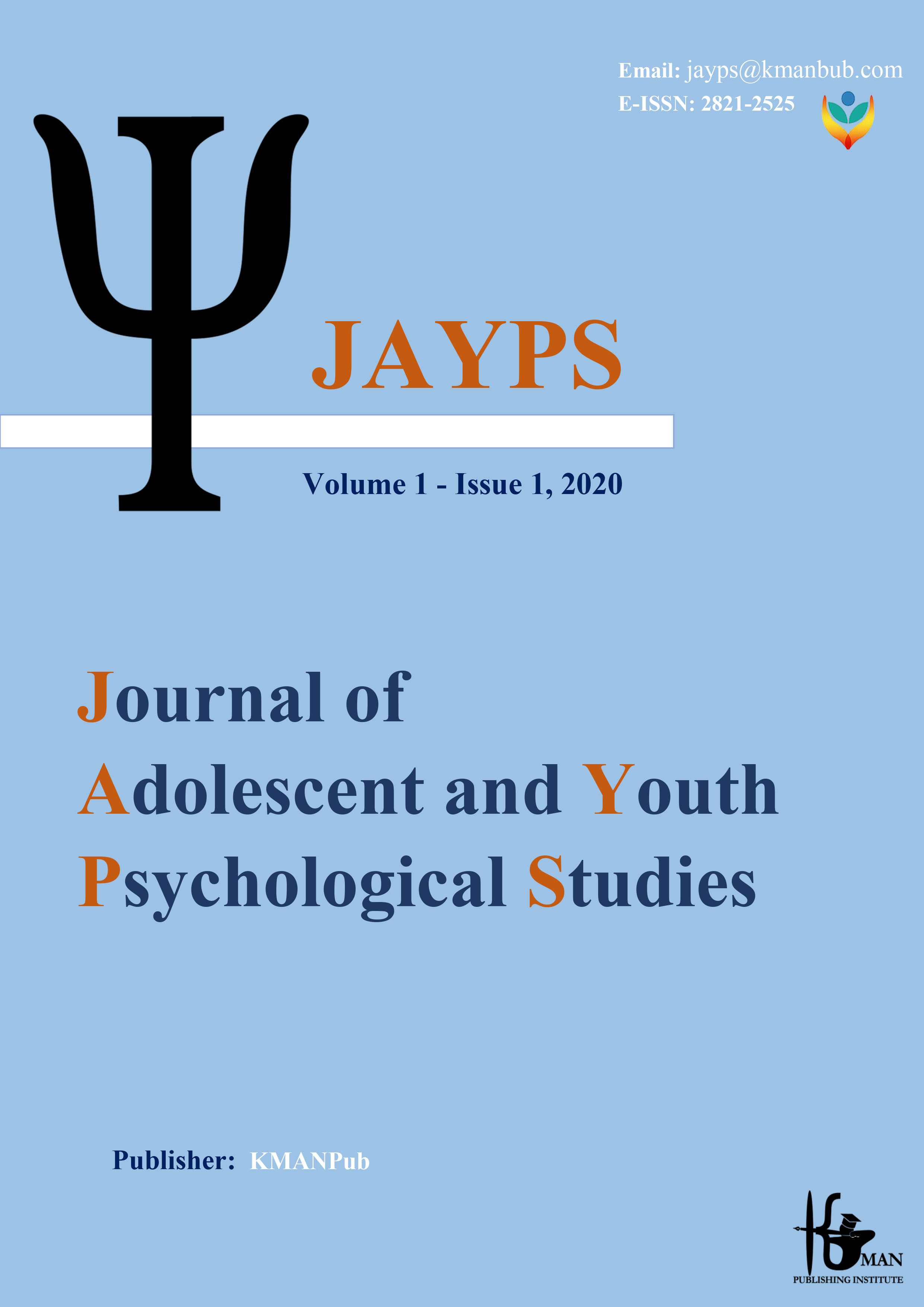Prediction of subjective pain based on attachment styles in girls with emotional failure experience: the mediating role of fear of intimacy
Keywords:
Mental pain, attachment styles, fear of intimacyAbstract
Background and Aim: While romantic relationships are one of the most amazing emotions that a person experiences, sometimes they break up for some reason, and the end of a romantic relationship is one of the most painful events that people can experience in their lives, so The present study was conducted to predict mental pain based on attachment styles and emotional expression in girls who experienced emotional failure. Methods: The current research was quantitative in terms of practical purpose and data collection, and the descriptive research design was correlational. The statistical population of the present study included girls aged 20 to 35 who had experienced an emotional breakdown in Tehran in 2019, and 392 people were selected using the available non-random sampling method. Hazen and Shaver's (1993) attachment scale and Descatner and Thelen's (1991) Fear of Intimacy Scale were completed, and data were analyzed using Pearson's correlation coefficient and path analysis. Results: The results showed a negative relationship between secure attachment style with fear of intimacy (r = -0.37, p < 0.01) and mental (psychological) pain (r = -0.24, p < 0.01). There is a significant difference, while avoidant and ambivalent attachment styles had a significant positive relationship with fear of intimacy and mental (psychological) pain (p < 0.01). Indirect path coefficients of avoidant (ß = 0.08, p < 0.05) and ambivalent (ß = 0.07, p < 0.05) attachment styles to mental (psychological) pain of girls who experienced emotional failure through fear of intimacy they are positive and meaningful. This means that fear of intimacy is mediated in the relationship between avoidant and ambivalent attachment styles and mental (psychological) pain in girls who have experienced emotional breakdown. At the same time, the effect of avoidant and ambivalent attachment styles on increasing mental (psychological) pain in girls who have experienced emotional breakdown has been maintained. However, playing a mediating role, it has strengthened the positive relationship between avoidant and ambivalent attachment styles with mental (psychological) pain in girls who have experienced emotional failure. However, the coefficients of the indirect path of secure attachment style to mental (psychological) pain of girls who experienced emotional failure through fear of intimacy were not significant (p>0.05). Conclusion: Considering the role of attachment styles and fear of intimacy in psychological pain, it can be concluded that treatments based on attachment styles can effectively improve psychological pain caused by the experience of emotional bereavement.
Downloads
Published
Issue
Section
License

This work is licensed under a Creative Commons Attribution-NonCommercial 4.0 International License.









